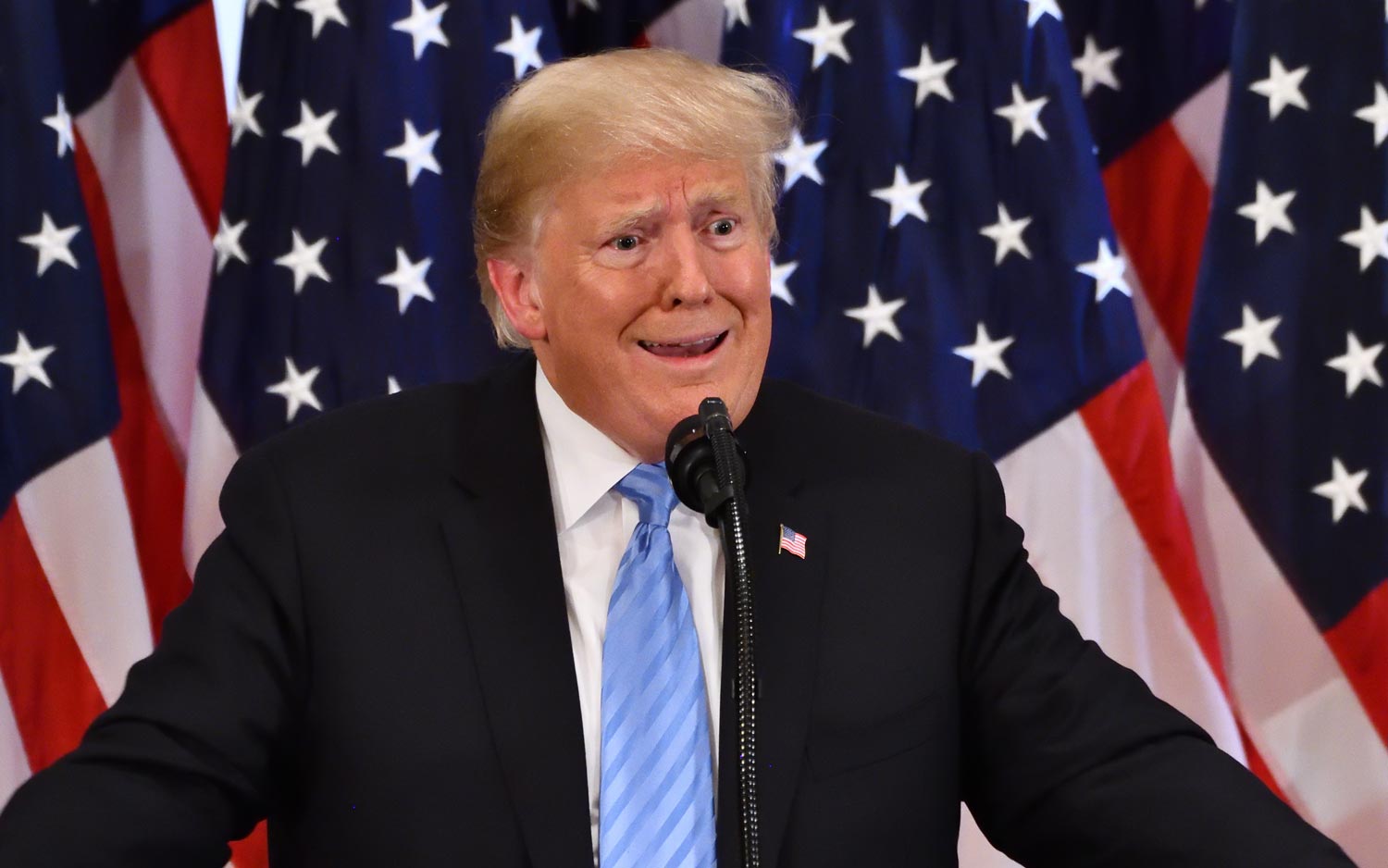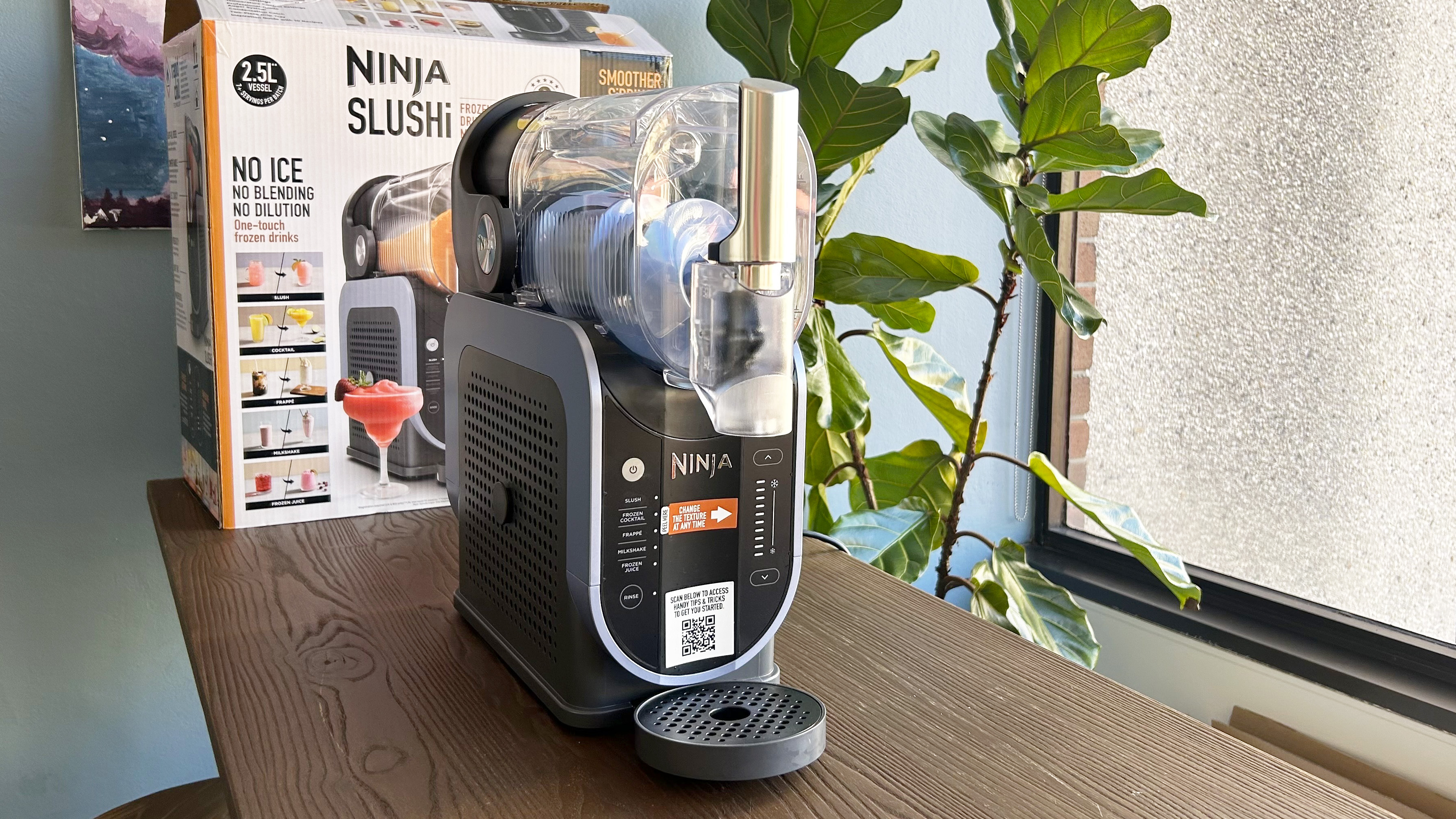Trump Tariffs Hiked to 25 Percent: What It Means for Your Next Tech Purchase
With the U.S. now imposing 25% tariffs on more than $200 billion worth of Chinese exports, the economic impact could be huge. But what will it mean for prices on things like smartphones and laptops?
Editors' Note: Updated at 1:26 p.m. ET with additional analyst comment.
It’s official: The U.S. is now imposing 25% tariffs on more than $200 billion worth of Chinese exports. The Trump administration made the announcement today (May 10), following a series of trade talks with China that appeared to be moving toward a mutual agreement, though apparently those discussions broke down in the week leading up to today’s deadline.

Now, American consumers are at risk to face higher costs for a wide-ranging swath of products that were previously taxed at a 10% rate, from textiles to auto parts and, yes, electronic components.
However, if you’re mulling over making a big tech purchase in the near future, like a new smartphone or laptop, you ultimately shouldn’t be pinched by this move — at least not yet.
That's because the goods in question primarily consist of materials used to assemble finished products, rather than the completed products themselves. And because most of the electronics you buy are assembled overseas, those devices should be able to skate underneath the new tariffs.
Again, at least for now.
“Tariffs on imported Chinese goods have increased from 10% to 25%, but they are on the same categories as before,” says Avi Greengart, founder and lead analyst at Techspotential. “In other words, parts and materials have just gotten a lot more expensive, but phones and other devices are not subject to the larger tariffs. Most consumer electronics are assembled outside the U.S., so the direct impact here should be fairly low.”
Sign up to get the BEST of Tom's Guide direct to your inbox.
Get instant access to breaking news, the hottest reviews, great deals and helpful tips.
Then again, that could change — both depending on how China responds, and if the U.S. decides to escalate things further to include finished goods.
“China has been pressuring American agricultural imports in response to the Trump tariffs, but that could certainly expand to U.S. technology imports as well,” Greengart says. “That could hurt Apple, Corning, Qualcomm and others.”
Greengart adds that Apple especially is at risk to lose out from a ban on technology imported from the U.S. to China, as the company has faced stiff competition from rivals well established within Asia, like Huawei. “Apple is particularly vulnerable,” he adds, “as China is one of its largest markets, and sales are already down in a year when the iPhone design did not change.”
Gene Munster of Loup Ventures thinks Apple products are unlikely to be affected for now. "This is based on our view that Trump sees Apple as a symbol of American strength and, separately, he has a favorable relationship with Tim Cook," Munster said. "Bottom line, we think Apple will be spared the impact of these tariffs."
However, if the taxes levied at Chinese parts end up extending to fully built electronics as well, smartphones in particular may be the hardest hit for the American public.
“Some device manufacturers will be able to sidestep the tariffs by altering their supply chains and using factories in Mexico, Vietnam, or other parts of Asia,” Greengart says. “TCL, the fastest growing TV brand in the U.S., can build more TVs in Mexico for the U.S., and GoPro is also switching production there. However, the smartphone supply chain is centered in Shenzhen, China, and may be much more difficult to move.”
Couple that possible tax with smartphone prices that have already risen significantly in recent years, as well as consumers responding to that trend by holding onto their old phones for unprecedented lengths of time, and the effect on the smartphone industry could be profound.
That’s just about the worst case scenario for American consumers. And although the situation isn’t quite as dire as it could be for that contingent, small business owners who import Chinese goods and don’t reap the benefits of an overseas production line, like Apple or Samsung, are the real victims at this stage.
The higher tariffs went into effect midnight ET Friday. “We hope the United States will meet us halfway,” China’s Ministry of Commerce expressed in a statement, via CNN, “and work with us to resolve existing issues through cooperation and consultation.”
Adam Ismail is a staff writer at Jalopnik and previously worked on Tom's Guide covering smartphones, car tech and gaming. His love for all things mobile began with the original Motorola Droid; since then he’s owned a variety of Android and iOS-powered handsets, refusing to stay loyal to one platform. His work has also appeared on Digital Trends and GTPlanet. When he’s not fiddling with the latest devices, he’s at an indie pop show, recording a podcast or playing Sega Dreamcast.
